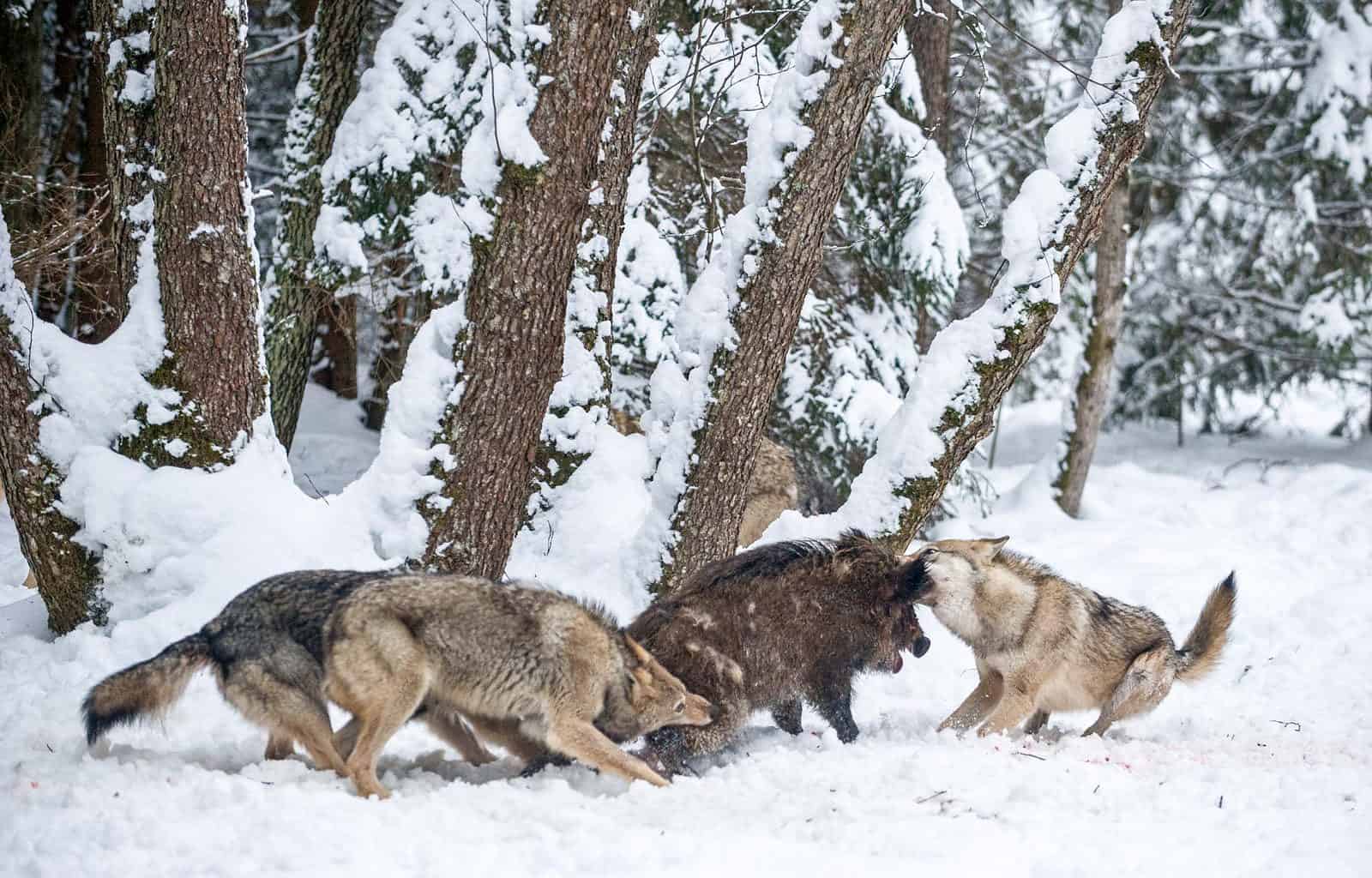Let’s care about each otter
On the last Wednesday of May, we celebrate World Otter Day! Besides that otters are absolutely adorable and cute, they are also important for nature. Otters play in fact a crucial role in keeping riverine and marine ecosystems healthy. Did you know also that otters have one of the densest furs in nature? Unfortunately, this is also one of the reasons why otters are threatened, as they become the victim of illegal fur and pet trade.
Healthy otters mean healthy nature
Otters belong to the mustelid family, which means that they are closely related to badgers, pine martens and weasels for example. In total, there are 13 different otter species around the world. Most of them are endangered though, due to human activities. The biggest threats to otter’s survival come from polluting and destroying the habitats. Industries and companies have confiscated and occupied many marine and riverine areas for the fisheries industry. As a result, otters have a hard time finding enough food in these areas. Once they get too close to the fish farms, they run the risk of being illegally killed, as people try to protect their fish stocks.
But otters are very important for healthy water-rich ecosystems. As otters rely on healthy, unpolluted natural habitats with good water quality, they are an excellent indicator species. Once the otters have settled in an environment, it is safe to say that the ecosystem is healthy! By doing their thing, otters help to keep both aquatic and terrestrial environments, such as coasts, estuaries, rivers, lakes, canals and marshes, healthy. As top predators normally do, they make sure to catch sick, weak and easy prey. This keeps the fish populations also healthy and strong, at least in a balanced ecosystem.
International conservation efforts
Two years ago, over 100 countries voted for stricter trade regulations of otters. This concerned especially the endangered smooth-coated and small-clawed otter, which were highly threatened. As a result, the Convention on the International Trade with Endangered Species (CITES) listed both species in Annex I in August 2019. As they were endangered because of illegal trade, this protection status upgrade was very important.
Meanwhile in Europe, the Fauna and Flora Habitats Directive lists the Eurasian otter as a strictly protected species. Nevertheless, there are countries that allow legal culling of otters. For example in Austria, which gave the green light for killing certain individuals and populations, for example in Salzburg. The argument used to justify the killing of fish otters is still the same: they threaten fish populations. But do they?
What causes fish stock decline?
Although opponents generally argue that way, it is not the otters who cause the decline of fish stocks. Instead, fish stock decline is strongly linked to water pollution, the construction of hydropower plants, flood protection measures and poor ecological conditions. As we now know, only about a third of the local rivers and streams are natural or near-natural. This is not only the case in Austria, but all over Europe.
The construction of barriers in rivers and their flow alternation means that rivers become less suitable for fish and other native species. Fish need, for example, gravel and sand in the right grain size to be able to spawn, or stones and roots that offer them refuge. Once fish cannot find safe refuge, it becomes easier for otters to catch them. So actually, the otter is not the cause of declining fish populations but a selective beneficiary of accumulating negative effects.








